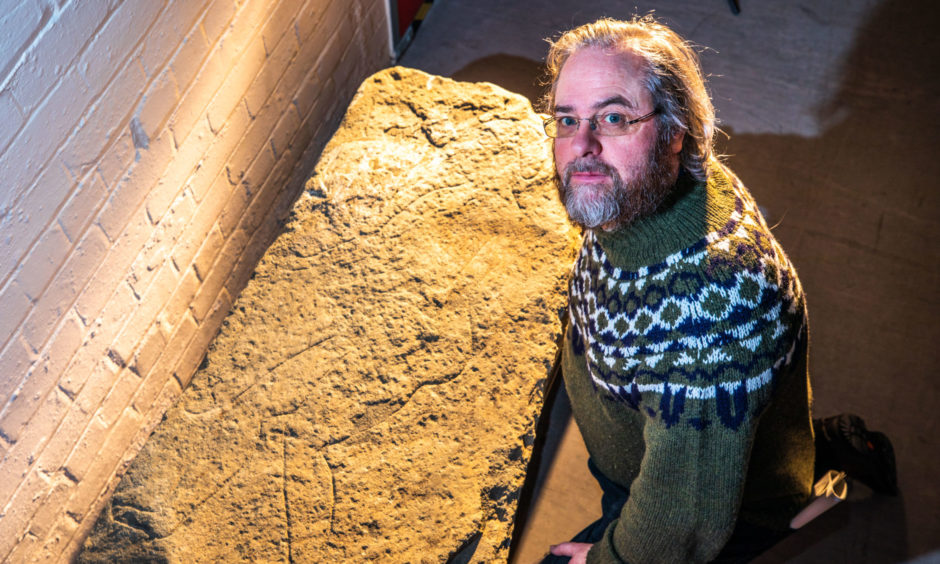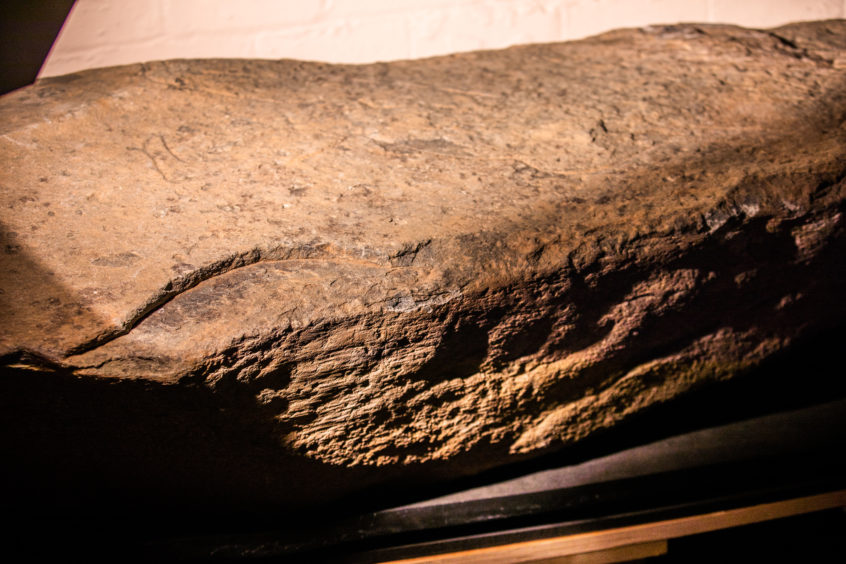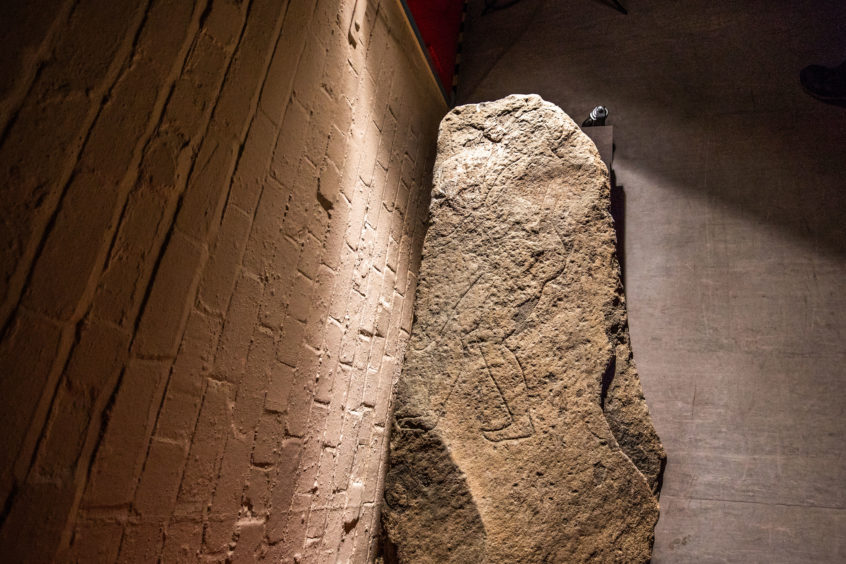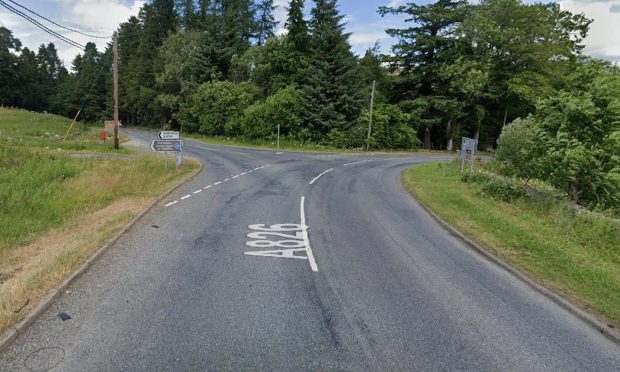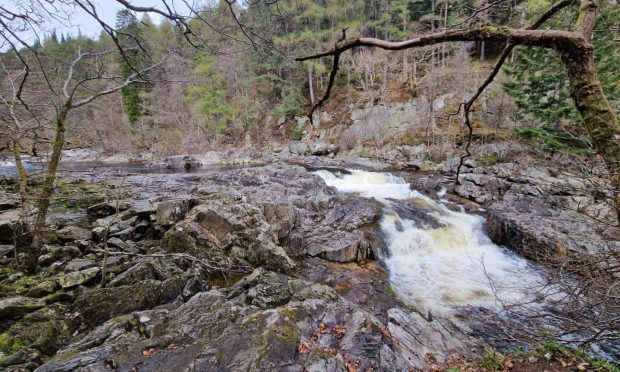A remarkable Pictish stone unearthed during roadworks near McDiarmid Park stadium was part of an “elite” burial ground, experts have revealed.
The ancient artefact, which depicts a man carrying a spear, was found buried near St Johnstone’s Perth home ground, as part of a £35 million upgrade of the A9/A85 junction.
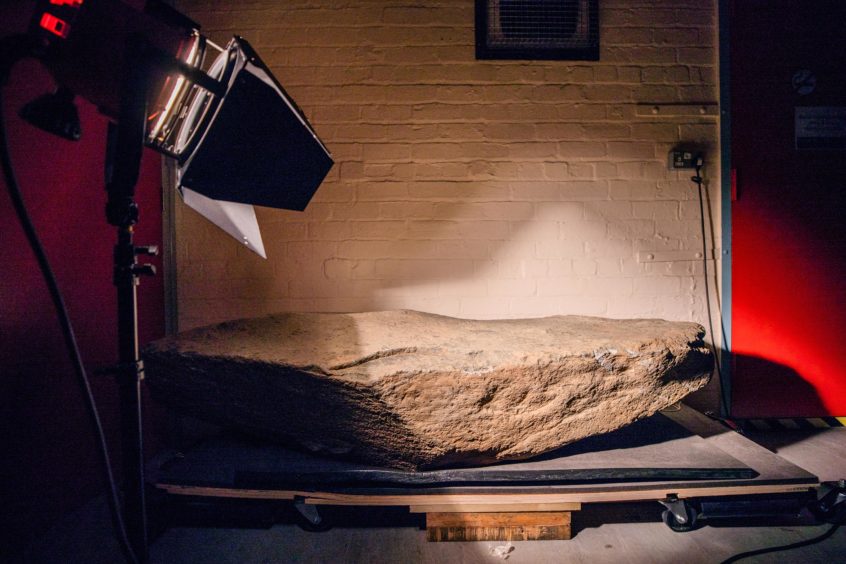
For the past two years, the two-metre tall Tulloch Stone has been analysed by archaeologists at Aberdeen University as part of a wider study into Northern Picts.
Today, they reveal 3D images of a warrior – sporting a “very distinctive hairstyle” – which is engraved on the stone but, until now, has been difficult to make out.
The new images were produced from thousands of photographs of the stone. They can be used to compare it to similar finds at Rhynie in Aberdeenshire and Newton of Collessie in Fife.
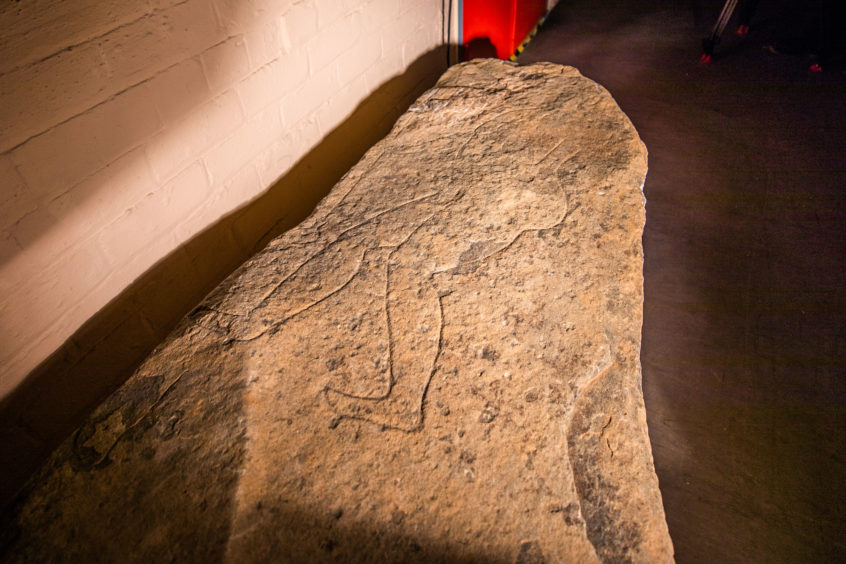
Dr Mark Hall, archaeological curator at Perth Museum, said the monolith was a “significant” discovery and helped “fill in the gaps” of Scotland’s warrior past.
“In Anglo-Saxon England we have lots of examples of burials with weaponry and the poem Beowulf epitomises the warrior ethos of this period,” he said.
“This has not been evidence in Scotland in the same way but here through the new Tulloch find and a reconsideration of long-known stones we can see that warrior ideology cast in stone, meaning these martial values were conveyed in a very public way to be visible in the landscape and to invoke supernatural protection.”
Professor Gordon Noble, head of archaeology at Aberdeen added: “By looking at the three stones together, we have been able to draw new conclusions about what these figures represent.
“On the Tulloch Stone, we can now see that the man is carrying a distinctive door-knob butted spear which we know from previous research was in use from the third to sixth century.
“He also has a very distinctive hairstyle, is wearing a helmet and necklace and has a faint line around the left ankle which could suggest footwear or tight leggings.”
Prof Noble added: “In line with other stones, this is clearly the depiction of a warrior. Its find spot overlooks the coming together of the rivers Tay and Almond, a junction marked by a Roman fort and later a possible Pictish royal centre, suggesting the monolith might have been located in a cemetery of the elite.
“Because the presentation of the figures is standardised across all of the stones, it is likely that it represents a generic sacred image, rather than it being a depiction of someone buried there.”
He said the warrior was most likely to represent a “war-orientated social organisations” that resisted the Roman Empire.
The Tulloch Stone is expected to be rehomed at Perth City Hall, which is due to reopen as a new visitor attraction in 2022.
Dr Hall added: “Most of the recent Pictish finds have been as a result of people paying greater attention.
“The workmen who scooped up this stone did well to realise that there was something on it and to alert the proper authorities.”
He said: “It is likely that there are more Pictish stones out there to be found, and every new stone is a fantastic addition to the corpus.”
